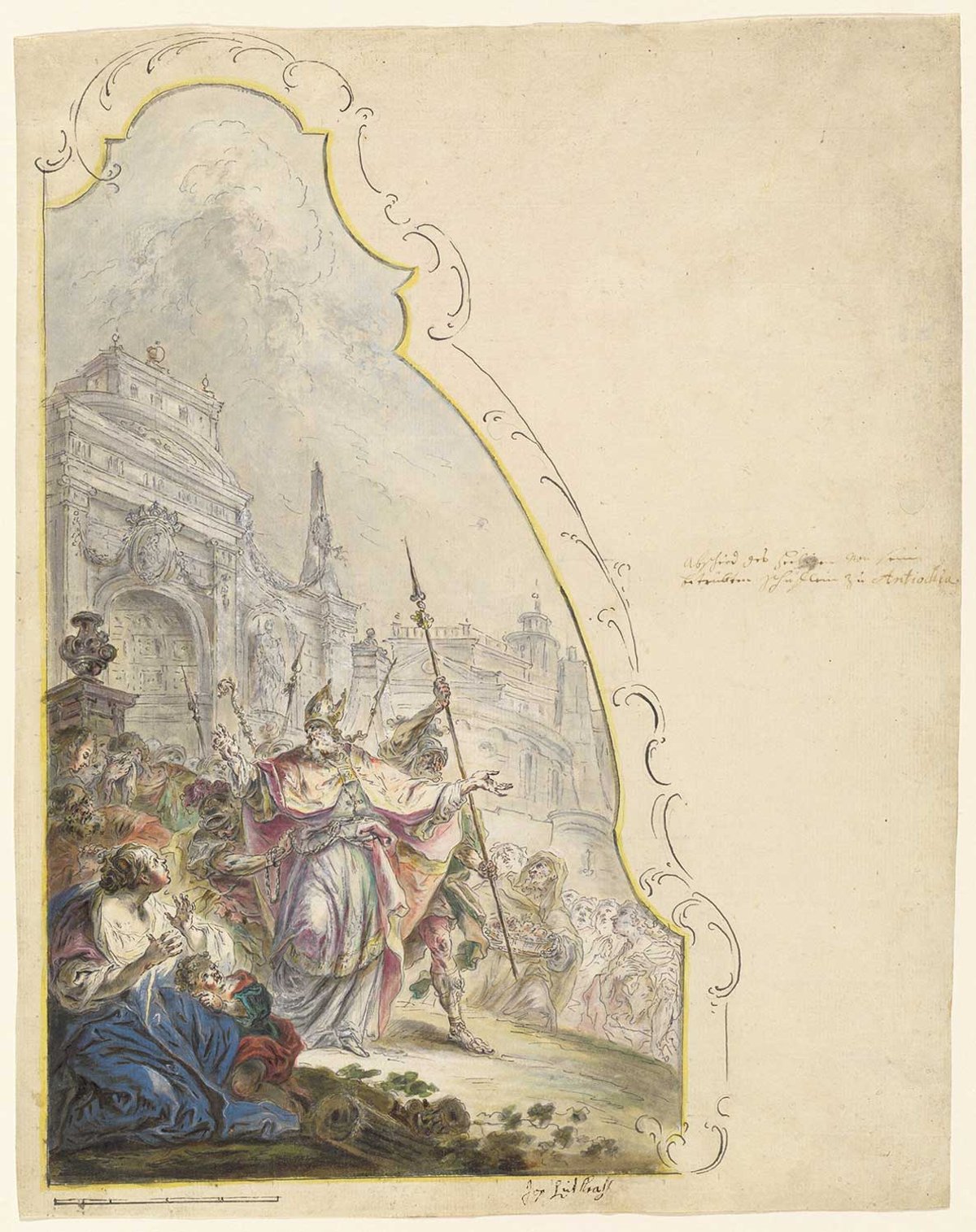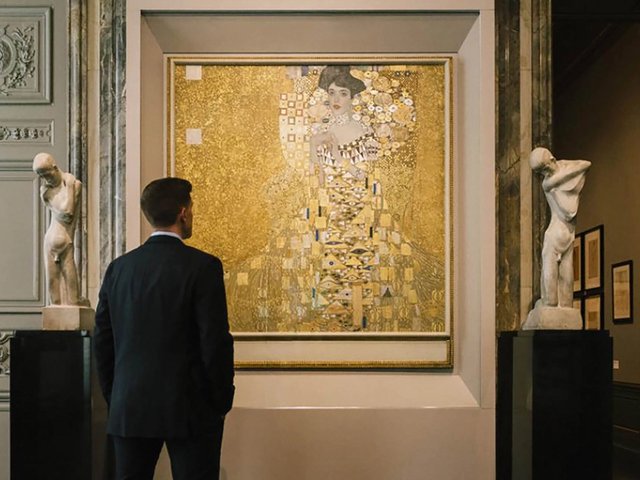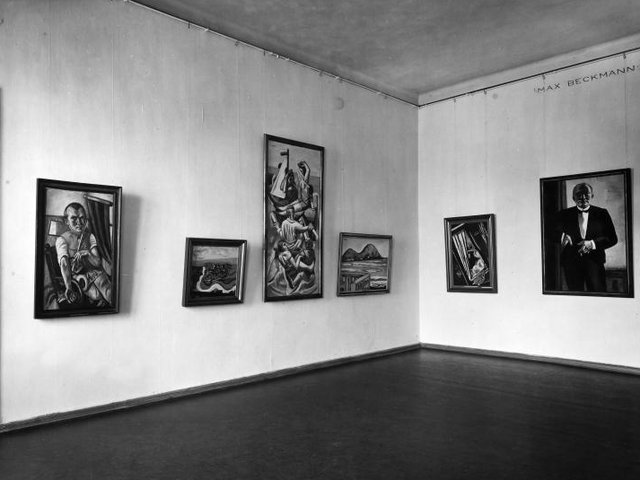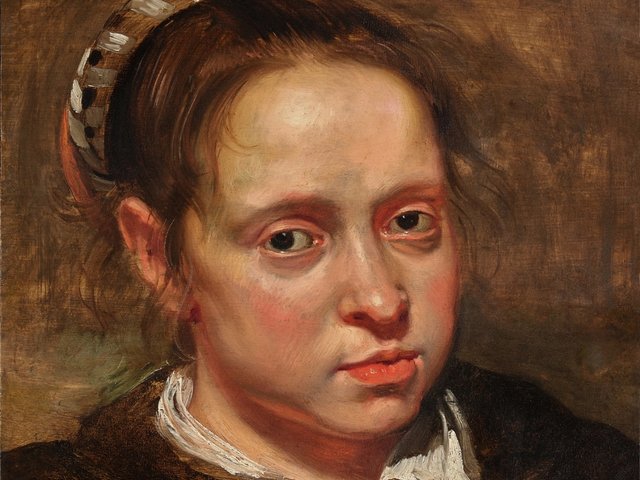Two Old Master drawings once owned by the prominent Jewish dealer Siegfried Laemmle in Munich, which experts say were sold under duress during the Nazi era or seized by the Gestapo, are in the collection of the National Gallery of Art (NGA) in Washington, DC.
Works belonging to Laemmle (1863-1953) filled the Munich art market after the dealer, as a Jew, was ordered to close his business in 1935. Some objects reached Nazi leaders through Adolf Weinmüller, a party member whose auction house sold much of Laemmle’s inventory. The Nazi official Martin Bormann acquired objects for Hitler’s Eagle’s Nest mountaintop retreat in Bavaria and other residences. Low prices attracted museums and private buyers.
Laemmle’s younger brother Carl, a co-founder of Universal Pictures, welcomed Siegfried, his wife Betty and their son Walter in 1938 to Los Angeles, where they started a new gallery. Their heirs want to recover the art they lost in Germany.
The Laemmle family founded its art business in 1894, and Walter joined the firm in 1924. In 1935, they and other Jews were ousted from the Reich Chamber of Fine Arts. Besides selling many pieces, the family planned to flee Germany and sent works they hoped to bring with them to Weinmüller for appraisal. Once the Laemmles emigrated in 1938, the Gestapo seized those objects and sold them through Weinmüller.
Among the works at the NGA flagged by the highly respected Central Institute for Art History in Munich, in response to queries from The Art Newspaper, is a watercolour drawing by Johann Baptist Enderle, Saint Ignatius Leaving Antioch (1773), bought by the NGA in 2007. It was consigned by the Gestapo in 1939 after Siegfried and Betty Laemmle left Germany, losing title to their property.
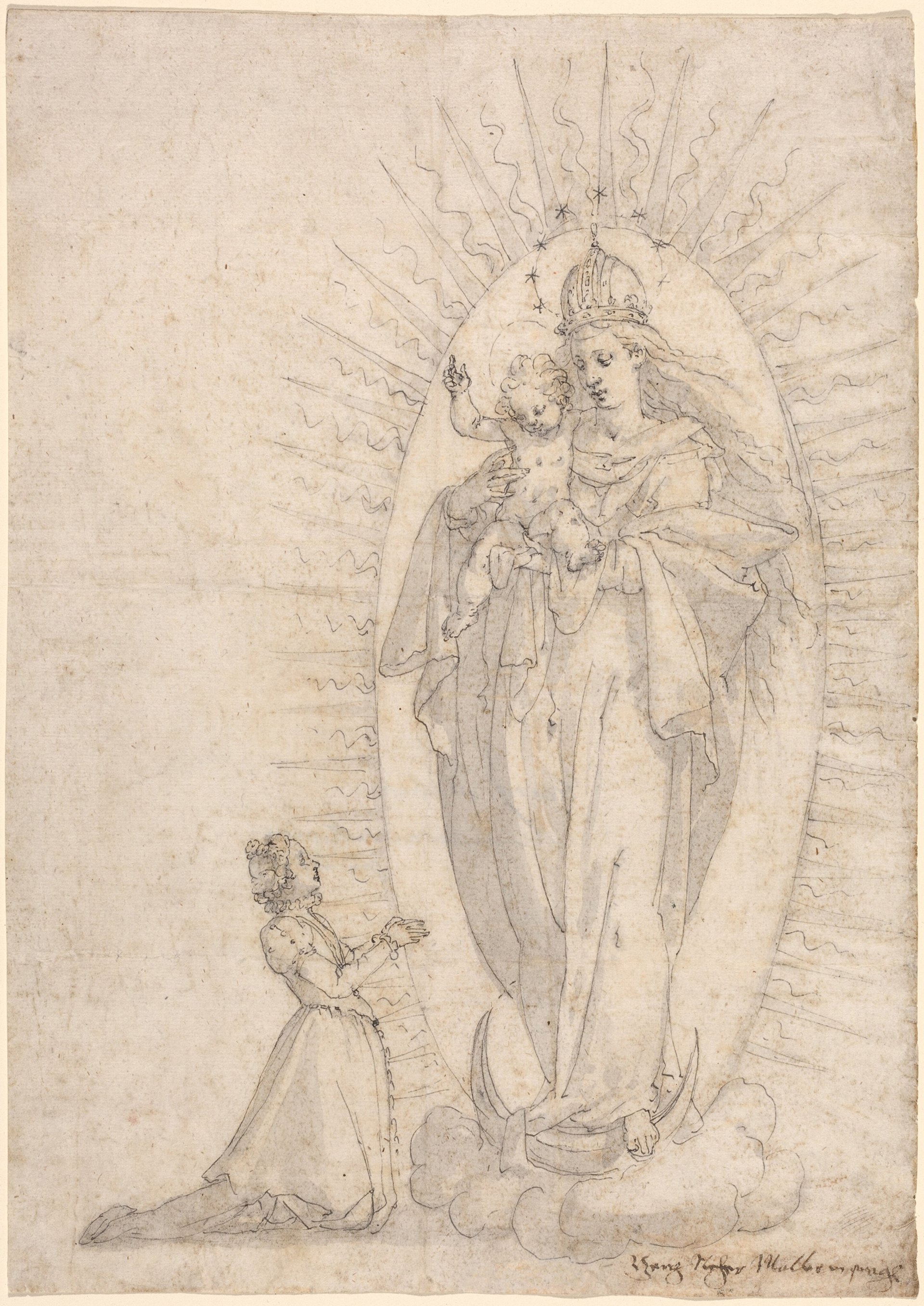
Georg Neher's Madonna and Child Appearing to a Supplicant (around 1600) Wolfgang Ratjen Collection, Patrons’ Permanent Fund
Madonna and Child Appearing to a Supplicant (around 1600) by Georg Neher was sold by Laemmle in 1936 after the Reich Chamber of Fine Arts ordered his gallery to be liquidated. The NGA received it as a donation in 2001.
Hiding in plain (web)site
The Laemmle pictures at the NGA are not hard to find. Provenance information for the drawings on the museum’s website lists the names Laemmle and Weinmüller, along with dealers who later sold the drawings in the US market.
Weinmüller, a Nazi party member since 1931, worked closely with the Gestapo and other Nazi agencies in selling objects seized from Jews or consigned by Jewish dealers banned from the art trade. With businesses like Laemmle’s closed, Weinmüller faced little competition in the marketplace. The surge in objects for sale drove prices down, and museums bought in quantity. Weinmüller also ran the “Aryanised” gallery Kunsthaus Kende in Vienna.
Weinmüller and his business were investigated after the Second World War, but the auctioneer was never jailed or prosecuted. He insisted that his sales records were lost, destroyed in a fire. At Weinmüller’s death in 1958, the gallery was taken over by Rudolf Neumeister. In 2013, Neumeister’s daughter Katrin Stoll, who now runs the business, found annotated catalogues detailing the firm’s sales and customers from 1936 to 1943 in a basement air-conditioning compartment at the auction house, and made those archives available online.
In Germany, Weinmüller’s Nazi ties were probed in a film and in a doctoral thesis published in 2012 as a book by Meike Hopp, then of the Central Institute (Art Dealing under National Socialism: Adolf Weinmüller in Munich and Vienna). The Munich City Museum contacted the Laemmles in the US and offered compensation for drawings of Munich church interiors dating from around 1600. Those drawings by Hans Krumper and others, unaffordable for the museum until Laemmle was banned from doing business, became known as the Krumper Bequest. The museum paid Siegfried Laemmle’s great granddaughter, Nina McGehee, for the drawings, and organised the exhibition Formerly Jewish-owned Property (2018), displaying its acquisitions from Jewish collections.
Some institutions acted on the Laemmle seizures much earlier. In Austria, the Albertina Museum, under pressure from the Jewish Community of Vienna, restituted six works on paper to the Laemmles in 1999.
Last November, the Central Institute contacted the NGA, augmenting information already on the museum’s website and alerting it to “red flags” associated with Nazi-mandated sales by Weinmüller and the Gestapo’s involvement. When first contacted by The Art Newspaper, the NGA’s head of provenance, Margaret Doyle, responded that she was looking into the works in question.
“They [the NGA] could have rather easily known,” Christian Fuhrmeister, a professor at the Central Institute, wrote from Munich. “The more information is published (digitally), the more difficult it is to find excuses for not acknowledging it.”
McGehee says: “Becoming involved in the family’s efforts to recover stolen works of art has given me something that is both invaluable and fundamental—an understanding of who I am and where I came from.” She adds: “The National Gallery has not yet contacted us. But we hope that it will be as responsive and proactive as the Austrian and German museums have been.”
Washington’s changing restitution policies
An eventual claim from the Laemmles could test institutional policies related to restitution. Last spring, museums that are part of the Washington-based Smithsonian Institution announced a commitment not to prolong disputes over cultural property with legal manoeuvring. So far that approach has been applied mostly to African objects and other colonial plunder in museum collections. In 2022, the NGA (which is not affiliated with the Smithsonian) returned an 18th-century bronze cockerel to Nigeria that British troops took in a bloody attack on the city of Benin in 1897.
In 2020, the NGA settled a claim for a 1903 Blue Period Picasso drawing, Head of a Woman, that lawyers for the heirs of its Jewish owner, Paul von Mendelssohn-Bartholdy, say was sold under duress during the Nazi era. The museum returned the picture to the heirs, who consigned it to Larry Gagosian; the dealer eventually sold it on their behalf for $10m. An NGA statement said the drawing was returned “to avoid the heavy toll of litigation” and that forfeiting it “did not constitute an acknowledgment of the merit or validity of the asserted claims”.
Works from Laemmle’s gallery continue to surface on the market. In New York, the Jewish Community of Vienna reached a settlement with Sotheby’s over the auction in January 2022 of a 15th-century sculpture Laemmle sold under duress in 1935 to two German dealers. In 1939, Nazi authorities seized that work from the industrialist Fritz Thyssen, a Nazi who, from Switzerland, criticised Hitler’s invasion of Poland. The sculpture was stored with Thyssen’s collection in the Museum Folkwang in Essen during the war. In 1949, British authorities restituted it—not to the Laemmles, but to the Thyssen family.
Correction: The original version of this article mistakenly included mention of a work in the NGA collection by Luca Penni that was in fact never owned by Siegfried Laemmle. The article has been amended accordingly.


